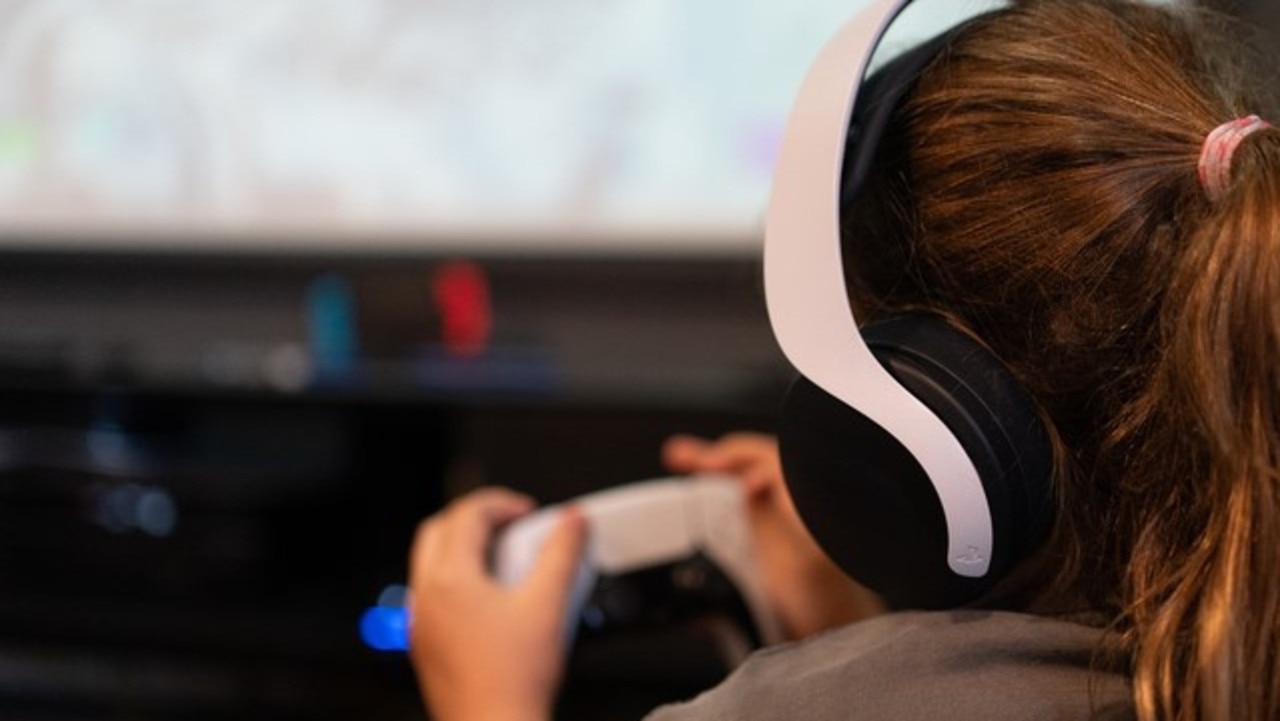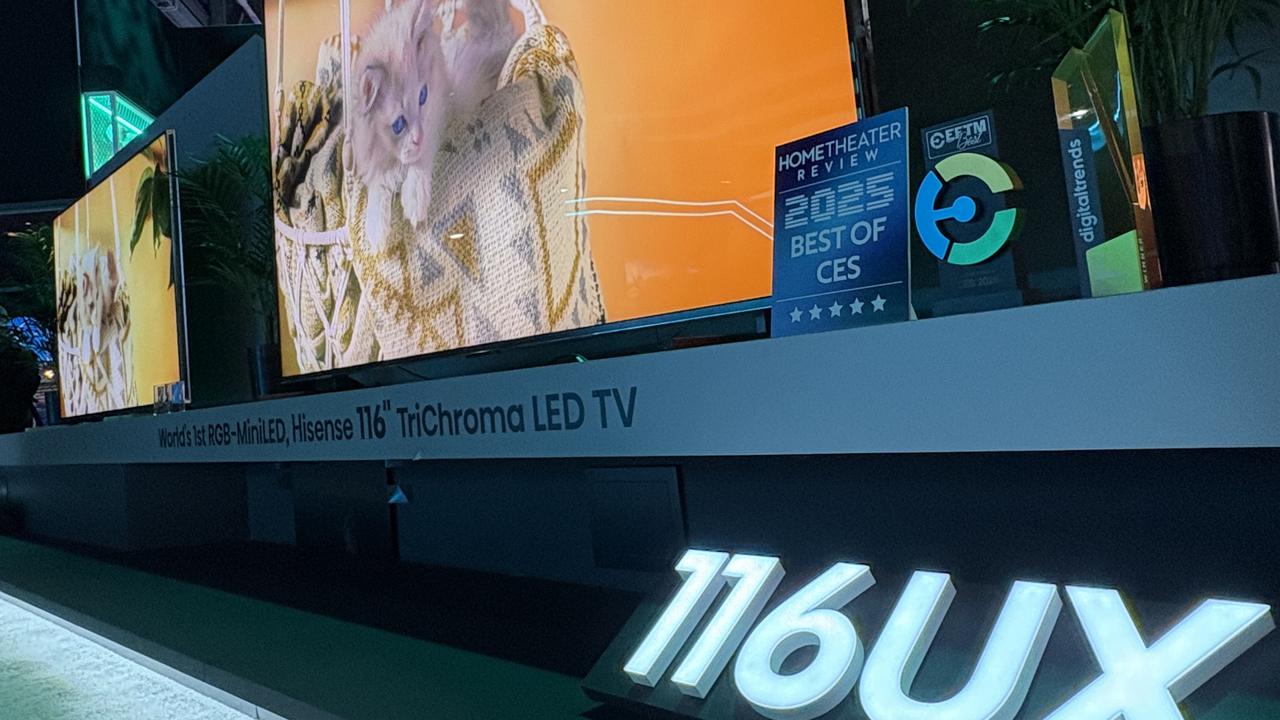Samsung backs 4K nanocrystal television technology as the smart future of the idiot box
Televisions are tipped to take a ‘quantum’ leap forward in 2015, with plenty of screens using nanotechnology to deliver brighter, whiter pictures.
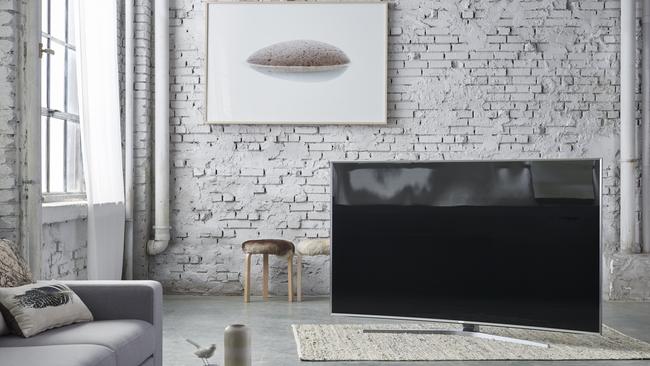
REMEMBER big-screen plasma televisions?
They were revolutionary just five years ago, inviting Australian viewers to experience something closer to the cinema in their own homes.
But times have changed, and are changing even more this year.
TECH WAR: The battle over TV technology in 2015
TV WAIT: 4K OLED television screens coming to Australia, but delayed
The definition of a “big screen” has changed, with the most popular television screens now measuring 55 inches in size and 65-inch TV sales growing rapidly.
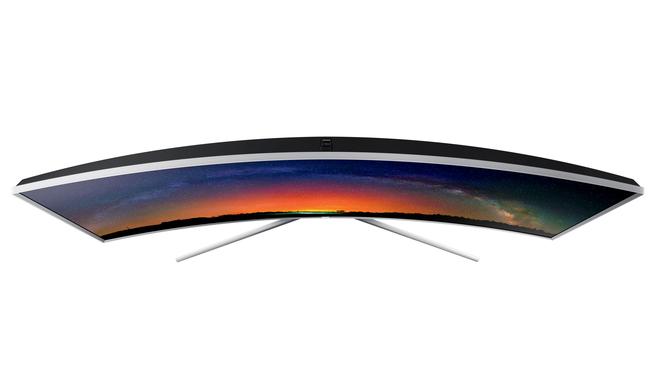
Plasma technology has been abandoned by all manufacturers in favour of OLED and LED-backlit LCD panels.
And this year Samsung will introduce Quantum Dot technology to the TV market, promising brighter pictures, greater contrast, and more colours.
Samsung Electronics Australia corporate vice-president Phil Newton says “generally speaking” Australian consumers upgrade their televisions every five to six years, meaning TV shoppers will this year be confronted by a big technological change.
Rather than backing OLED, or organic light-emitting diode technology like its rival LG, Samsung is investing in Quantum Dot technology under the SUHD brand.
The technology will feature in Samsung’s top three TV ranges from this month, and all will feature ultra high-definition screens and twin TV tuners.
Newton says the SUHD screens will deliver significantly greater contrast, 64 per cent more colour expression, and up to 2.5 times the brightness of conventional televisions.
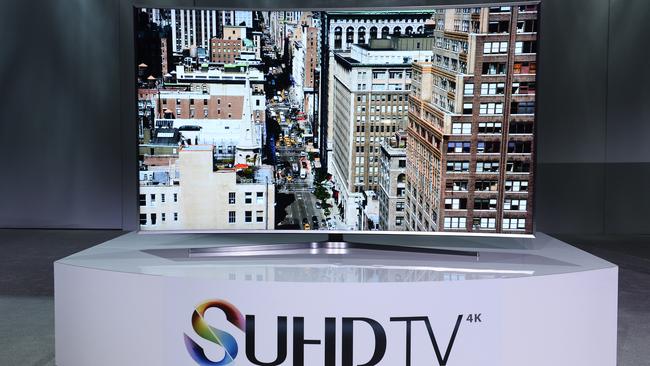
It does this, he says, using a nanocrystal semiconductor above the TV’s LED backlight. The tiny crystals deliver different colours depending on their size, and produce whiter whites, in particular, and a greater contrast close to OLED in appearance.
But Newton says the company will focus less on explaining the technology to TV buyers this year and more on its results.
“Explaining Quantum Dot, or nanocrystal technology as we call it, I don’t think is paramount to the average Joe,” he says.
“I think the average Joe just needs to see what it looks like. The proof is in the pudding. At the end of the day it’s just what the picture looks like.”
Samsung will deliver seven SUHD televisions in total, ranging from $24,999 for an 88-inch Series 9 model, due in June, to $4999 for the 55-inch Series 8 TV.
The top-of-the-line Series 9 JS9500 televisions will feature octa-core processors for added speed when processing 4K content and smart TV features powered by Tizen software.
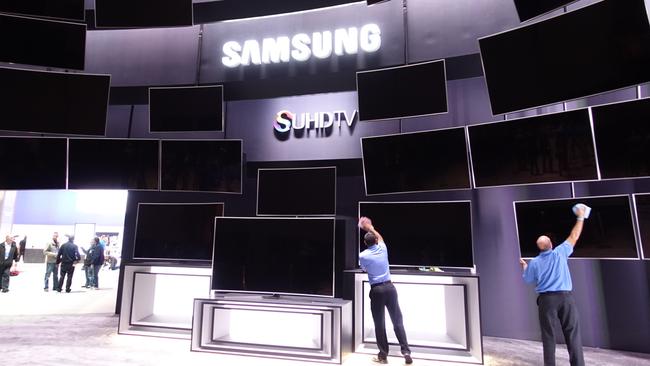
“The intention is to bring as much new technology to the masses as we can do,” Newton says. “We wanted to bring out as many UHD, and SUHD, and curved models as we could.”
There will be a price premium to pay for Samsung’s Quantum Dot technology, however, with a price gap of at least $1700 between 65-inch SUHD and plain UHD models, and $1500 for 55-inch TVs.
LG is also offering a similar technology in Australia that it calls ColourPrime, though only in three televisions screens.
The 79-inch, 65-inch and 55-inch UF950T televisions will start at $4699 and reach $12,999, undercutting its main rival by at least $300 but not matching the octa-core processors in Samsung’s top models.
LG’s main focus will be on OLED televisions this year, but has yet to reveal when UHD models will launch in Australia.
Despite the technology debate, both companies agree 4K-capable televisions are likely to be big sellers this year, with 70 per cent of Samsung’s new range sporting ultra high-definition resolution ready for 4K content.


